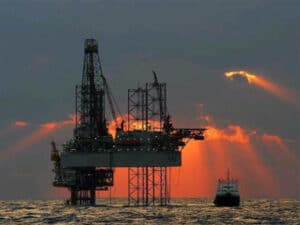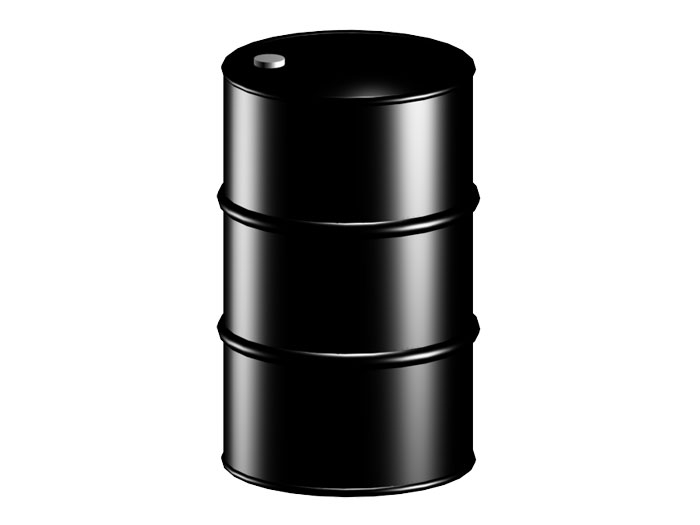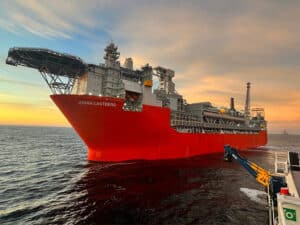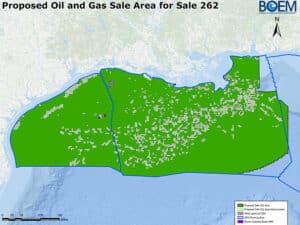
Oil demand will triple in 2016, price to hit $60 per barrel
Written by Marine Log Staff
NOVEMBER 18, 2015—Are you ready for an oil rebound? Barclays Corporate Banking is predicting that next year the demand for oil will triple and crude oil will hit $60 per barrel.
Barclays Corporate Banking’s corporate FX team hosted a recent event in Aberdeen, UK, to discuss the future of oil. It invited influential industry professionals to discuss the current challenging market. The bank predicts that the expected increase in oil price will be spurred on by a sustained doubling of growth in global demand of up to four million barrels per day.
Barclays Corporate Banking outlined the case for the oil recovery in a white paper.
The group gathered by Barclays Corporate Banking considered the future of the North Sea which found that while the general short-term picture for the region may appear stormy, there are growing signs of hope on the horizon, which may trigger an eagerly anticipated recovery.
“There is no doubt that the UK North Sea oil and gas industry is under pressure right now but we do feel that signs of relief are there, and the forecast for $60 oil in 2016 with oil demand growth above trend again is encouraging,” says Walter Cumming, Head of Oil and Gas at Barclays Corporate Banking (shown, at right).
and the forecast for $60 oil in 2016 with oil demand growth above trend again is encouraging,” says Walter Cumming, Head of Oil and Gas at Barclays Corporate Banking (shown, at right).
“In the difficult market we are operating in today, it was a very valuable experience to get such a wide variety of industry experts together to discuss the issues that matter most to our customers and ourselves,” says Cummings.
“The detailed research that we have undertaken and shared at our Aberdeen meeting emphasizes our message as a bank to our customers. We believe the North Sea still has a viable future and the expected increase in demand would support this. Barclays Corporate Banking is committed to investing in the region and it was clear from our event that those who attended shared our commitment to the North Sea and the belief that while business may be difficult in the current environment, there are grounds for optimism.”
At the Aberdeen meeting, the group started by discussing the significant differences between the oil crash of the mid-1980’s to that of 2014/15. During the earlier period, OPEC’s spare capacity was between 14% and 16% of global oil demand, which meant it was in a much stronger position to influence supply. Today, OPEC’s spare capacity stands at less than 4%. While Saudi Arabia is producing close to record levels, it is not expected that the Saudis would break the 11 million barrels per day barrier, which creates a limitation on the amount of oil OPEC can produce, and therefore the influence it ultimately has.
Since OPEC decided against reducing production in November 2014, global oil demand has recovered strongly, unlike in the 1980s. Since then, global demand growth rate has tripled to 2.1 million barrels per day, due mainly to the elasticity in price and consumer reaction to price. It was explained that the industrial sector has played little part in this demand growth; the drive has come from the end consumer.
However, the positive story of a tripling in demand growth has been overshadowed by the extent of the increase in the oil supply with OPEC production up at 32 million barrels per day. Barclays forecasts that the excess supply situation will continue throughout 2015 with Saudi Arabia producing close to record levels at 10.3 – 10.4 million barrels per day, while Iraq continues to be a strong supplier.
The recently lifted Iran sanctions could also affect supply, as the country is now open to the international oil and gas industry. However the event heard that increased production activity in Iran is unlikely to stat until Spring 2016 or later as the region still has 45 million barrels of oil in tankers which will be releases first. Only after that time will the country boost global supply through new production.
The US shale industry, with its lower cost base and rapid set up characteristics, has taken over from Saudi Arabia as the new swing producer. The sector is very reactive to the price of oil and can adjust its production reasonably quickly. Despite initial resilience, Barclays anticipates a significant reduction in the supply of US shale in the fourth quarter of 2015 as well as the first half of 2016. This is where we can expect the industry to see the real battle between global supply and demand take place.
The event heard that a combination of these factors means that even with a low commodity price, a surplus of oil has continued to build despite the rapidly growing demand. Barclays’ data supports the view that demand has been under quoted despite in excess of a two million barrel per day growth in 2015. The bank forecasts per day increase in demand in 2016, making an estimated overall increase of four million barrels per day since the beginning of 2015.
The group also heard how the bedrock of a stable oil and gas industry is the need for a strong US dollar, and the currency remains the global outperformer. Barclays expects the greenback to overtake in the coming financial quarters owing to the US economy’s better return to capital, safety characteristics and superior growth outlook.
In the next year, the industry will see a draw down in oil supplies, which Barclays predicts will result in an average oil price of $60 per barrel. This price level is expected to incentivize the appropriate amount of U.S. shale supply to grow: if the sector experiences negative growth it will leave the market very tight, but production levels will most likely reduce from one million barrels per day to 200,000 – 300,000 barrels a day growth rate.
A higher commodity price, for example of $70 a barrel, would trigger a further increase in the amount of shale supply into the market and would once again tip the balance towards over production.





Leave a Reply
You must be logged in to post a comment.